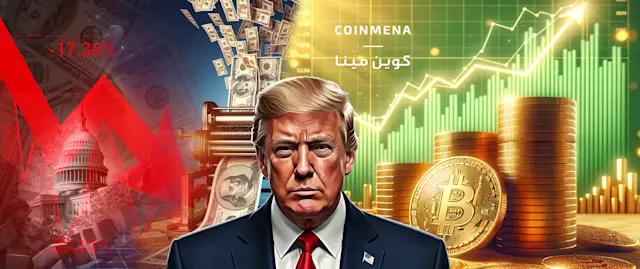
GBTC vs Bitcoin
Crypto is new, and most people don’t understand it yet. As crypto adoption grows, investors and money managers will realize the best way to get exposure to digital assets is to simply buy digital assets.

“Crypto appears to be entering into a hyper adoption phase, similar to that of the internet in the mid to late nineties” Wells Fargo.
One of the main differences between traditional investments and crypto is the proximity of investors to the assets they purchase. Traditional finance is highly intermediated. To purchase a stock, the majority of retail investors require a middle man, like a brokerage or wealth management firm, to facilitate the investment, and in exchange, they pay management fees. In crypto, the middle man is replaced with technology, and investors can go directly to the market and buy digital assets. Traditional investors have yet to come to terms with this new level of sovereignty and control over their investments, so instead of downloading an app and buying bitcoin with a few taps, they invest in vehicles like the Grayscale Bitcoin Trust (GBTC)
The Grayscale Bitcoin Trust (GBTC) is Bitcoin/crypto-based financial product that was created to expose traditional investors to Bitcoin. For those not familiar with GBTC, it is structured like a trust where private placement funds eventually get approval from the Securities Exchange Commission (SEC) and are then publicly listed. Once publicly listed, any investor who has access to the open markets can purchase shares in the trust. However, there are several risks to investors, including:
Paying a premium: If the market cap of GBTC is higher than the funds in the trust, then investors will pay a premium over Net Asset Value (NAV) and
If there is a drop in the underlying assets (bitcoin) and a sell-off from shareholders, the value of GBTC would drop even more than the price of bitcoin. The so-called “discount” is currently at all-time highs; at the time of writing, the 1-year performance of GBTC is -34.55%, compared to -5.89% only for Bitcoin the asset. This does not factor in brokerage fees, trading fees, and other wealth management fees that investors might incur.
For example, if we invest 10,000 USD in spot bitcoin on CoinMENA, the investor incurs only 0.75% (75 USD) in trading fees. Whereas to get exposure to crypto through a wealth management service to invest in GBTC, investors are charged around 1% management fee by the broker plus 2% management fee by GBTC, for a total of 300 USD in fees. So the question is, why would anyone pay 400% more in fees for crypto exposure when they can just buy spot bitcoin?
The short answer is that crypto is new, and most people don’t understand it, yet. As crypto adoption grows, investors and money managers will realize the best way to get exposure to digital assets is to simply buy digital assets.



